Reading Time: < 1 minutes
- Factor 1: Number of papillae on the tongue and the taste buds in them.
- The surface of our tongue has four kinds of nodules, called papillae: fungiform, filiform, foliate, and circumvallate.
- Out of these 4, only filiform doesn’t have any taste buds – they are meant to create a rough surface to facilitate gripping of food and tongue-cleansing.
- The remaining 3 papillae types contain taste buds, which contain taste receptors.
- A part of the food we eat, after dissolving in our saliva, comes in contact with taste receptors, which send information to an area in the brain (gustatory cortex) that identifies the taste.
- Now, different people have a different number of papillae on their tongues and each papilla can have a different number of taste buds which can have a different number of taste receptors.
- The higher the number of papillae, taste buds, and receptors for a person, the higher the chances he/she wouldn’t like many foods (because of higher taste-sensitivity).
- Factor 2: The structure of the receptors
- Other than having a different number of receptors, people can also have different receptor-structures.
- The differences in the structures are believed to have arisen because of evolutionary pressures.
- E.g. people whose ancestors lived in areas with many toxic plants are likely to have receptors with higher sensitivity to bitter taste.
- This is because most toxic plants are bitter and to survive such toxic plants, people in those areas would have developed bitterness-sensitive receptors, which were then passed on to the next generations in genes.
- Similarly, people who come from malaria-infested parts of the world have been found to be less sensitive to bitter taste.
- This is because most medicinal plants that cured malaria had a bitter taste and they were important for survival and thus the taste receptors adapted accordingly.
- So, different environmental conditions and requirements for survival explain a part of why people in different countries have different tastes in food; a delicacy in one country could taste bad to people from other countries.
Image courtesy of Hector Gomez through Unsplash
Image courtesy of Kieli through Wikimedia
Reference shelf :

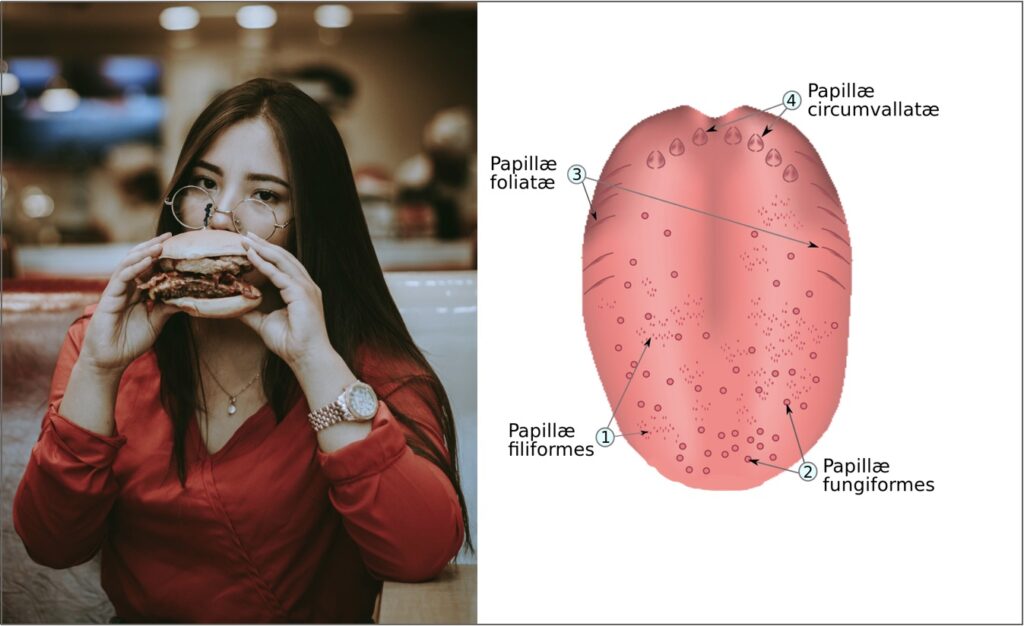


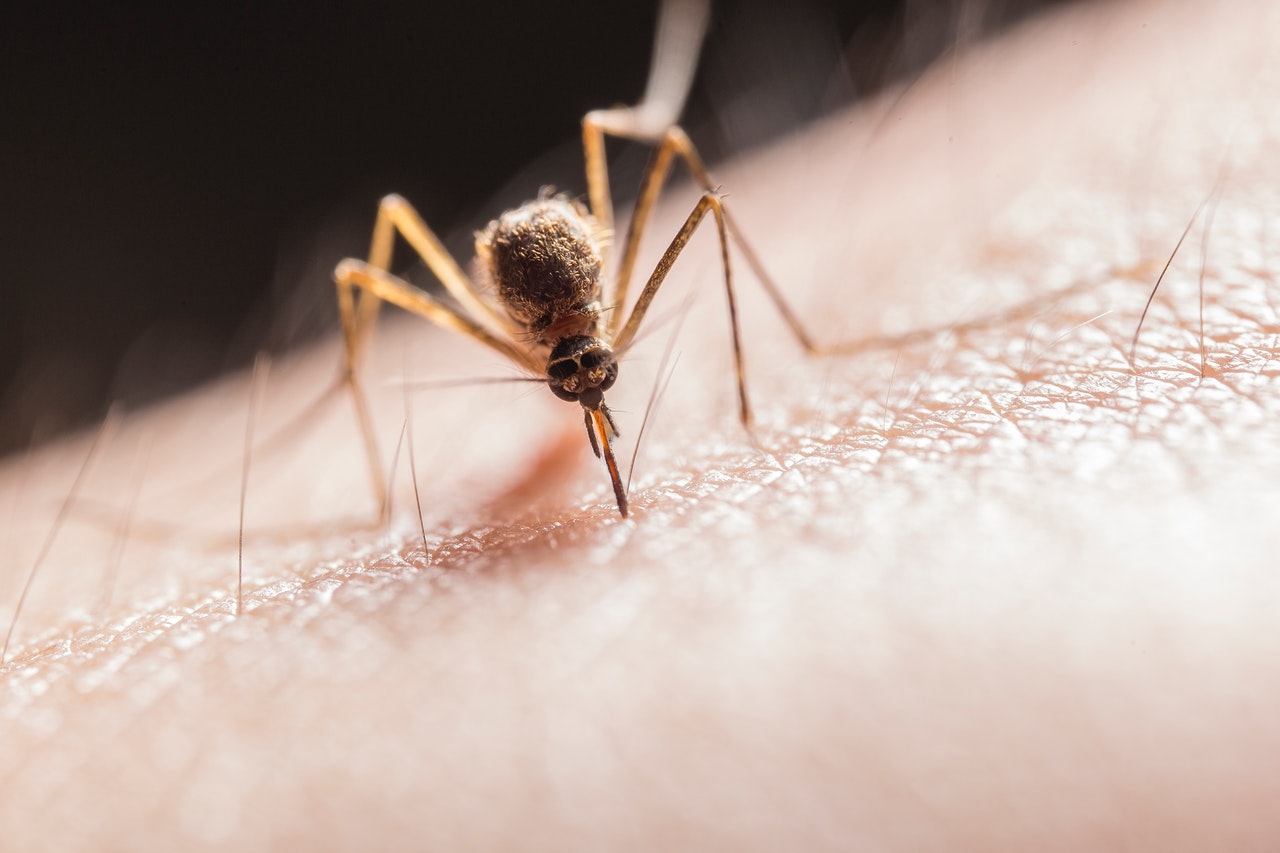





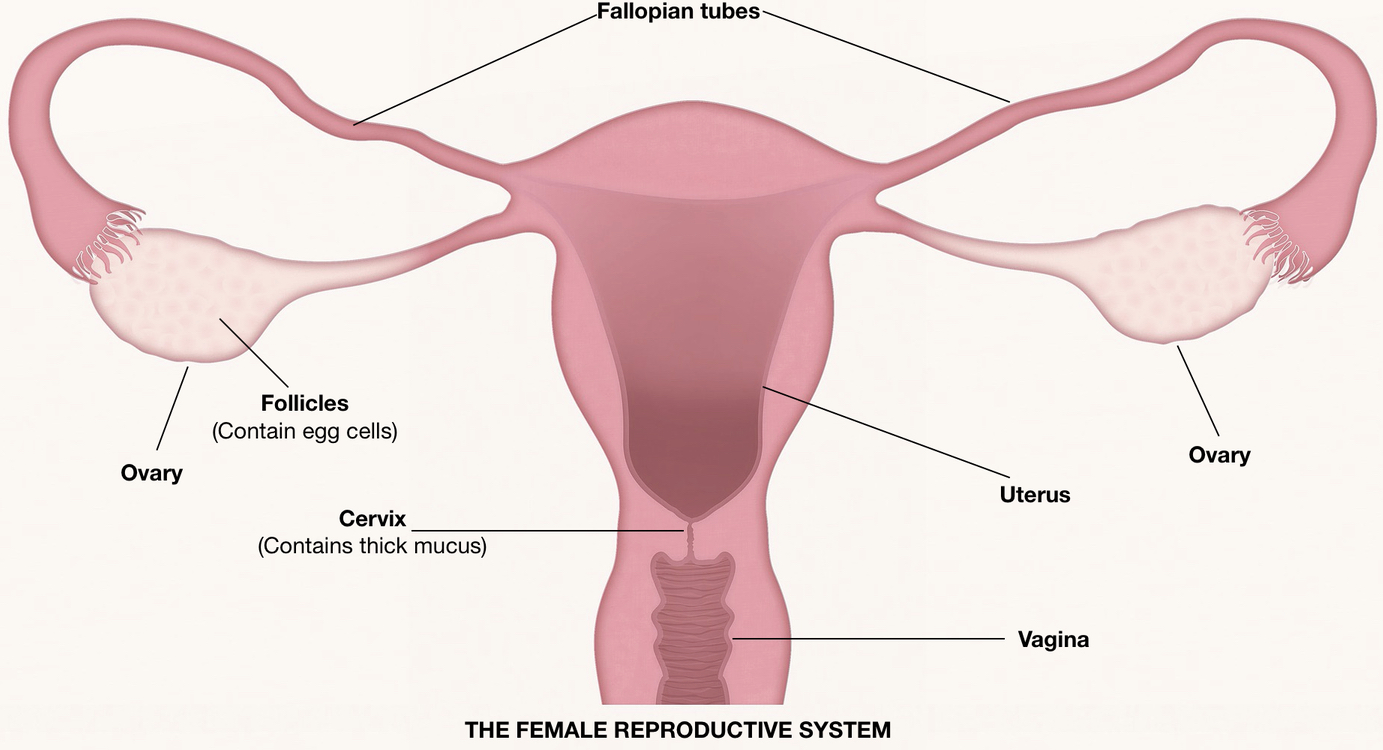
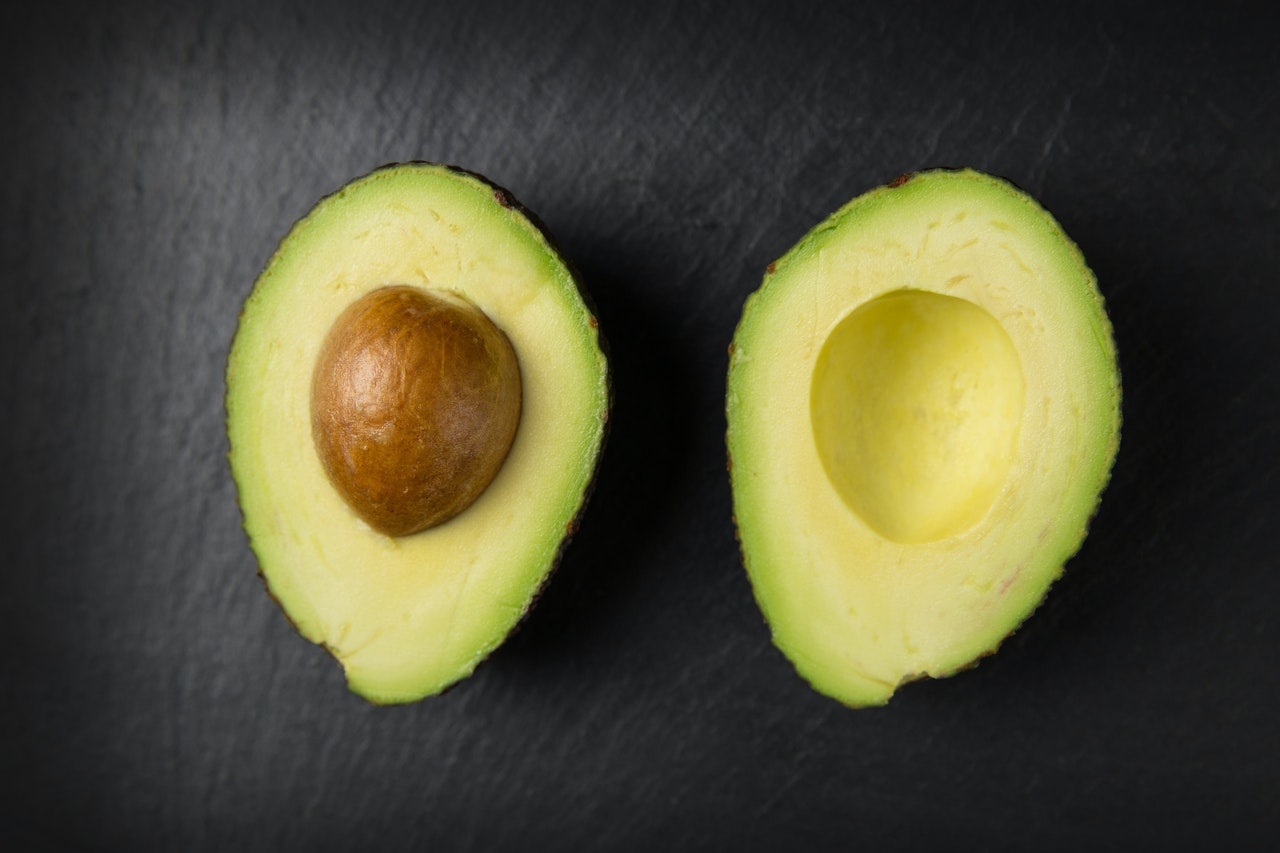




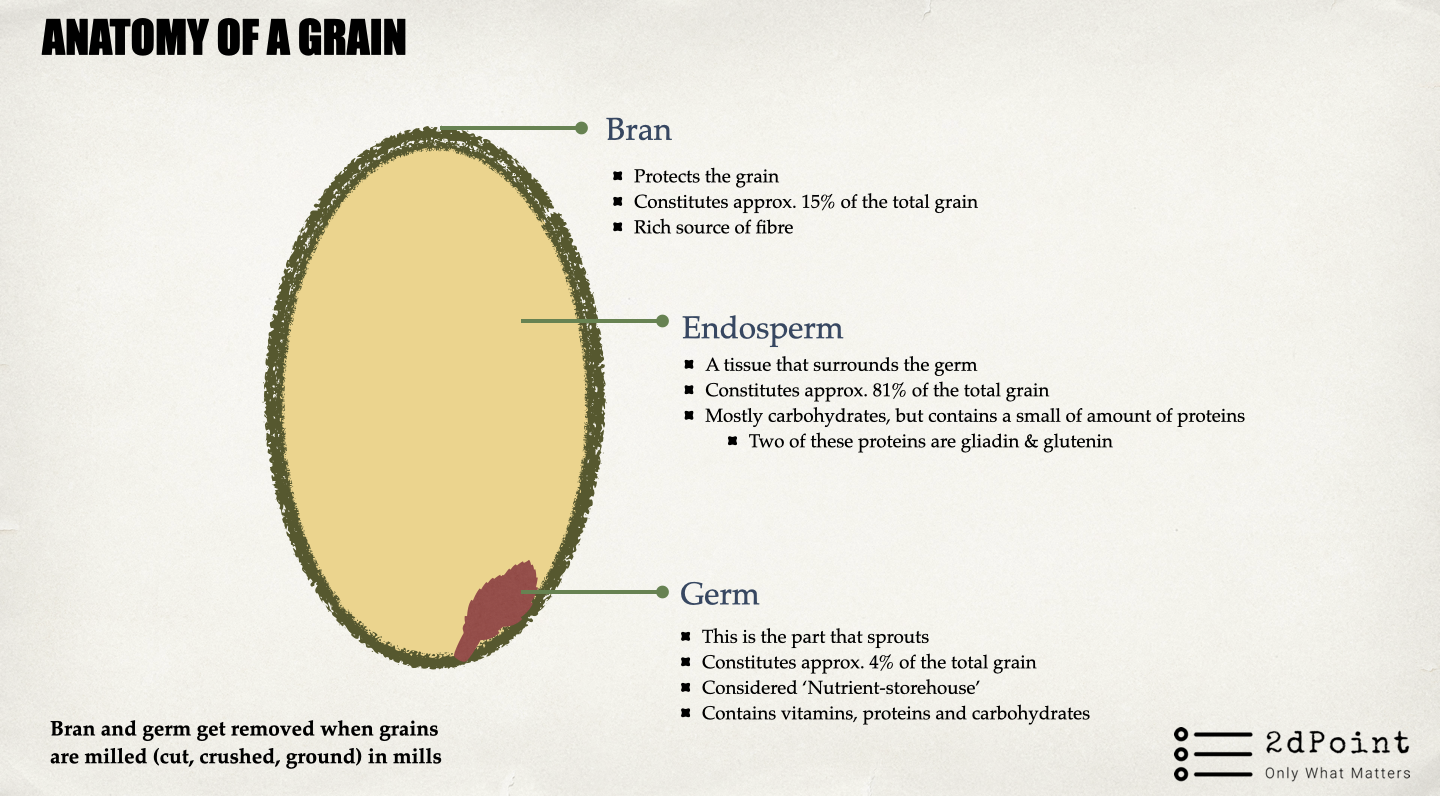

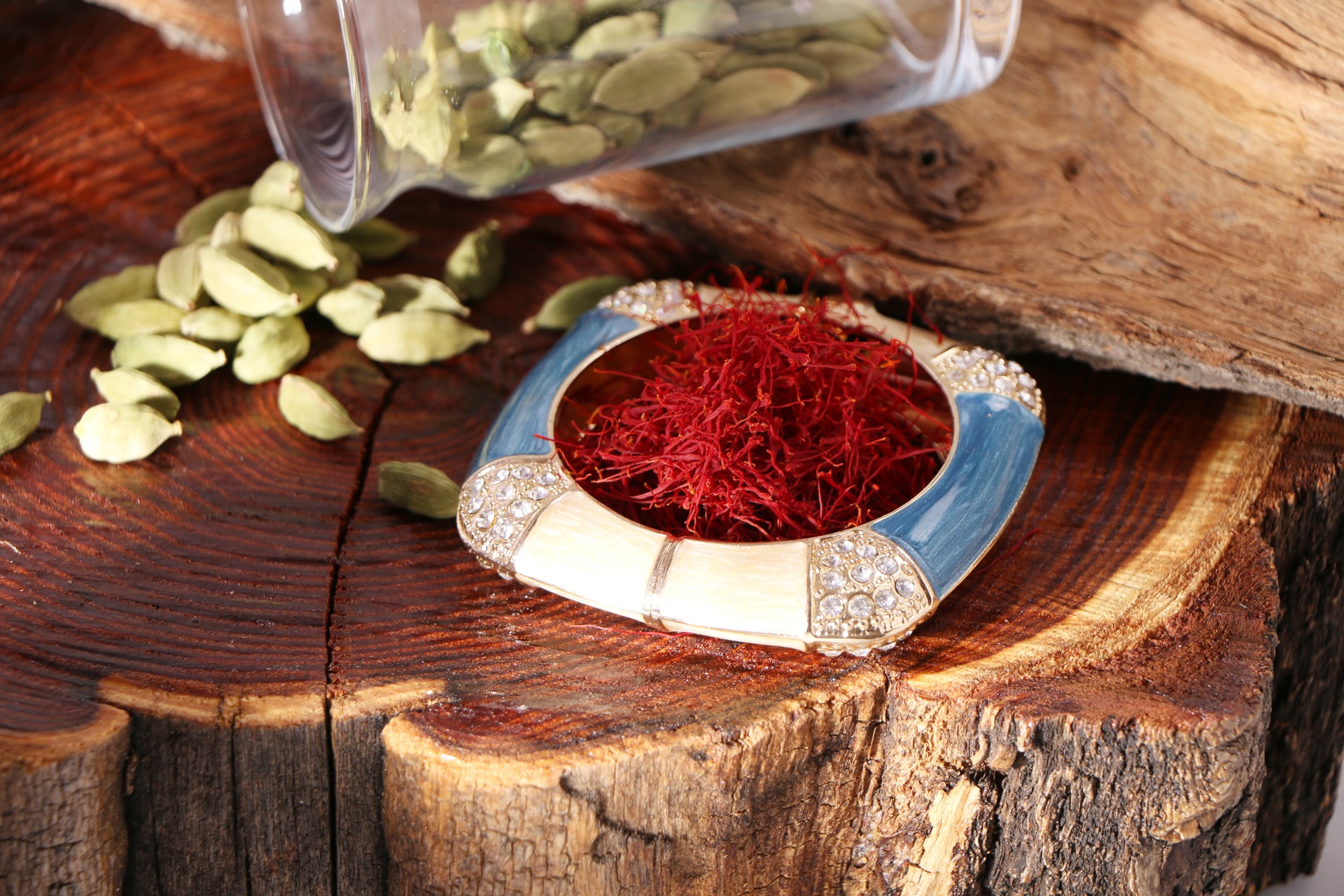




We all know that the basic qualities of taste i.e. sweet, salt, sour, bitter and umami are because of the sensory innervation of the taste buds located in the papillae of the tongue. But the difference in structure of receptors (present in taste buds ) because of EVOLUTION is something unknown. A well written post that gives us an insight into sense of taste. Liked it !!